Hoon Kueh シンガポールスタイルとうもろこしプリン [Rcipes, Summer 夏レシピ]
日本語のレシピは ビーガン、ベジタリアン情報満載の Hachidory から ご覧下さい。
My body is cylindrical and long.
My body is yellow. (Some of my relatives are white and black.)
My body is surrounded by lots of hair and husks.
My body consists with lots of kernels.
I get matured in summer.
I am starchy and sweet.
Who am I ?
Is it too easy for you ?
Yes, I am a corn.
Whenever the summer comes, I say “The sweet corn is my most favorite vegetable as well as the green soy beans!”
I am eating the sweet corn almost every day these days.
My most favorite way of eating it is to bite into the corn cob after steaming it.
There are some other methods that I love to eat.
_00001-286ae.jpg)
Tomorokoshi no Surinagashi soup
I introduced Japanese style corn soup and Japanese style corn rice before, but today I am sharing the Singapore style corn sweets.
That is “Hoon Kueh”.
“Hoon Kueh” is made from mainly mung bean flour and coconut milk.
When I saw it for the first time in Singapore, I thought how unusual it is to use the corn kernels for the sweets, and I was skeptical if it can taste nice.
But it turned out to be very yummy.
The crunchiness of the kernels and the softness of the coconut jelly match in harmony to the contrary of my expectation.
I bought it whenever I visited the local sweets shop and eventually went to cooking class to learn how to make it.
During those days, the canned or packaged coconut milk was not popular at all and whenever I wanted the coconut milk, I went to the wet market and chose the coconut, then the uncle shredded it with the machine.
When I got back home, I squeezed it to obtain the milk.
Oh! so nostalgic! I wish I could do it again!
The canned or packed coconut milk is easily available even in Japan since some time ago, but neither of them can compare with the freshly squeezed one.
I was extremely disappointed when I found that most of the venders selling Singapore dessert were using readymade coconut milk, not the fresh ones anymore when I first visited Singapore for the first time in eight years after I left there for good.
My most favorite coconut dessert, Bobo Chacha became not “most” anymore since then.
The modern manufacturing technology made it possible to cook the tropical food even in Japan and other countries which are far away from Thialand, Indonesia, Malaysia and the Philippines.
That’s why I can share Singapore food even in Japan like I do today, so I should thank to this modern technology and vibrant capitalism.
Owing to them, people can easily pick up the coconut milk from the variety selections which are sold cheap, yes, cheap, not reasonably.
I encountered some articles the coconut is also creating problems ethically and environmentally in the process of harvest, production, manufacturing and marketing like chocolate which is by now widely known by people.
The coffee, bananas, avocado which are all imported from the economically not well off countries are also sold all the year round at low prices in Japan, much cheaper than the Japanese local fruits and tea.
This encourages young people, young mothers and budget tight people to go for those items.
Vegans also go for them as they believe those products are not animal derived.
But the fact is that we might be hurting local people as well as animals, and harming the environment by consuming them in a world scale.
https://www.onegreenplanet.org/environment/is-your-obsession-with-coconuts-harming-the-environment/
https://secure.petaasia.com/page/63752/action/1?locale=en-US
I think we need to be more concerned about the food we eat as it is essential not only for our health but also for all the living beings on this planet and for our sustainable happy lives.
Let’s try to know how the food we eat are made and what impact we are giving to the people and animals behind the production and also to the environment.
I minimize purchasing the items I mentioned earlier, coconut, banana, avocado and coffee.
As for the coconut and bananas which are my favorite fruits, I eat only during summer and give up rest of the year as I believe that it is the better choice for people and animals around the world, for environment and for my happiness too.
Well, let me share Hoon Kuey recipe now….
I use this coconut milk when I cook tropical food during summer.
The assurance was given to my enquiry from the Japanese supplier who is dealing only fair trade products that it is produced without monkey labor and with their strong support for the farmers.
So if you are not sure which coconut milk is good for you, you can try this one.
Snap Pea Rice with fresh onions 新たま青豆ごはん [Rcipes, Summer 夏レシピ]
日本語のレシピは ビーガン、ベジタリアン情報満載の Hachidory から ご覧下さい。
The spring has ended, and the season of greens has arrived.
I write about the green plums in June every year as there are many plum trees in my town and June is the harvest time of the year.
Another reason that I want to write about it is that I love the green plums, the fragrance of the ripen green plums is fantastic!
It melts my heart !
However the green plum trees do not bear the abundant of fruit each year. They do only every other year.
People call it “Naridoshi”, for the year of good harvest and this year is not Naridoshi. I can find only a few pieces in a tree at this moment.
It is disappointing, but honestly to say I feel a kind of relief at the same time. I will not be too busy for green plum works which includes umeboshi/salt preserved plum and syrup making. I can spend my time for the other things.
The plum is not the only green color food in June.
We have a few kinds of peas from May to June.
I want to introduce them to you today.
This is “Soramame”, fava beans or broad beans in English.
I like to split the pods and see the beans are nestling on the soft and spongy hollows. They are like the babies resting on the cot.
Here are other types of peas…
They are “Greenpeasu” / Garden Peas, “Snapendo”/ Snap peas , “Sayaendo”/ Snow Peas, from left to right.
When they are opened…
The pods of Greenpeasu are too hard to eat, but the ones of latter two can be eaten as they turn to soft when they are cooked.
All of them are so tasty when they are fresh, so if you live in Japan, do not miss this moment to enjoy those peas as they will quickly disappear in a few weeks’ time.
I am sharing the recipe of “Shintama Aomame Gohan “ today.
It is the rice cooked with freshly harvested sweet and juicy onions and snap peas.
These two vegetables collaborate so well and create the synergetic effect for tastier rice that makes me ask for Okawari, which means another bowl of rice.
Try and Enjoy!
Creamy Spring Pasta クリーミー春パスタ [Recipes Spring 春レシピ]
日本語のレシピは ビーガン、ベジタリアン情報満載の Hachidory から ご覧下さい。
Nothing is forever.
The spring has almost entered the last chapter.
The cherry blossoms, peach blossoms and rape flowers have gone.
But I can still meet the various kinds of spring wildflowers during my walk. They are not as obvious as the blossoms of the tress and often show their faces rather modestly as if they do not wish to be found by humans.
I love those tiny wild flowers.
I may love them most of all.
They always make me happy.
I often think I want to belong to them, and
I sometimes feel like I can belong to them sooner than later.
Anyway at this moment, I must embrace this precious season before it’s totally gone.
The blessings of the nature are not only those flowers but also the plants that please our palates and fill up our tummies.
“Takenoko” are born every day.
The above Takenoko was born in this bamboo grove near my home.
The word, “Takenoko” is translated to “bamboo shoots” in English, but actually it is a baby bamboo.
Once it penetrated the soil of the ground, it grows soo quickly and becomes a child in a few days and a teenager in a week.
The bamboo can be eaten only when it is a baby, so you can’t postpone digging it to the next day if you want to enjoy this delicacy.
During this season I am busy with the preparation of Takenoko as it is crucial to cook it as soon as possible in order to enjoy it at its most.
I added the newly harvested onion to today’s pasta.
The Japanese new onions are also delicacy.
It is juicy, sweet and it has silkier texture than the old hard onions.
And lastly but not least, the dandelions play an important role in this pasta recipe.
The dandelions are everywhere, and they are so energetic.
Unlike most of the other wild vegetables, they do not taste bitter, so they are easy to prepare, are versatile for various kinds of cooking. On top of that they can add the brilliance to the food as a decoration.
Not to mention, their nutritional values are considered amazingly high.
These are rare native Japanese dandelions.
Most of the dandelions we see now in the fields are non-native species as they easily prevail the local ones.
But luckily, I know the spot where most of the dandelions appear in spring season are native Japanese species.
Proceed to the recipe and enjoy the leaving spring before it will be out of your sight.
Sakura Onigiri / Cherry Blossom Rice Balls 桜おにぎり [Recipes Spring 春レシピ]
日本語のレシピは ビーガン、ベジタリアン情報満載の Hachidory から ご覧下さい。
The most beautiful season is here again!
The season of the pink and the yellow.
What is the pink for ?
It is for peach blossoms blooming on the trees.
What about the yellow ?
It is for the rape flowers blooming all over the field.
When they are blooming together in the same spot, the scene is astonishing.
The contrast of the pink and the yellow is so mesmerizing.
I feel like as if I came to Shagri-La whenever I see them blooming together.
Sakura, the cherry blossoms which represents the spring of Japan are also blooming.
They will be blooming next ten days or so.
There are many spots that I can enjoy sakura blossoms in my town.
The park near my home is surrounded by pink of sakura trees, and so is the lake towards the mountain.
So I have an urge to share the beauty of Japanese spring with you by introducing one of my recipes of sakura blossoms today.
In fact, sakura has many species and the most popular one which you may have seen somewhere in Japan before or in the movies is called “Someiyoshino”.
However the one we often use for cooking is not “Someiyoshino”. “Yaezakura” which has the layers of petals are normally used. The blossoms are marinated in the salt and preserved for future use.
Someiyoshino which is most popular and the predominant species among all the cherry blossoms has only five petals, so it is too thin and easily loses its shape and color when mixed with the salt. But Yezakura can retain its shape and color even it is mixed with the salt.
Yaezakura starts blooming when Someiyoshino have fallen from the tress. So it means that I can still enjoy sakura next two to three weeks. But Yaezakura is not as popular as Someiyoshino, and cannot been found so easily.
I have a neighbor who has many of the all the spring flowers and plants including peach blossoms, rape flowers and the both types of sakura. (Those pictures of peach blossoms and rape flowers above were taken at her property.) So I visit her big garden during this season and enjoy the beautiful scenery of the spring, and also pick the blossoms of Yaezakura. She even let me dig and pick the wild vegetables from there.
I am using those homemade sakura preserves for today’s recipe, “Sakura Onigiri/ rice balls”. But you can easily purchase the readymade preserved cherry blossoms online.
Try this easy recipe and feel and taste the spring of Japan !
Spring, Soy and Japanese, Tofu Katsu recipe /豆腐カツ [Recipes, All Seasons 1年通]
日本語のレシピは ビーガン、ベジタリアン情報満載の Hachidory から ご覧下さい。
Fukujuso
The spring has come !
The coldest winter ever for me has finished at last !
The sigh is released from my mouth when I feel the spring breeze on my cheek under the warm sunshine.
The wildflowers of spring melt my heart.
How beautiful this moment is !
I feel like introducing the recipe that matches this feeling.
But I will bring it forward to next month as I must fulfil my promise to write up “Tofu Katsu” recipe this month.
“Katsu” is a Japanese word originated from French word, cotelette which is a meat dish. It became a popular home making dish after the world warⅡ. I know that many people recognize “Tonkatsu”, the deep fried pork coated with the bread crumb as a Japanese food. But it is definitely not a traditional Japanese food.
Japanese people were prohibited eating meat for the period of 1200 years by the rulers.
It is not exactly correct to say all forms of meat were prohibited and none of the people were eating meat, but the perception of bad image of eating meat was cultivated during this period, so Japanese people developed the food using the plants.
The soy was one of them. It must have been the most important source of diet next to the rice.
During those times, there wasn’t such a study like nutrition.
However people knew from their experiences that the rice and the soy give them enough energy to grow and work.
That is why we have the foundation of soy products and variety kinds of soy originated food even now, though quite a portion has been taken over by meat and dairy products.
The recipe that I am sharing with you today is “Tofu Katsu”.
It is a tofu dish but is not a traditional Japanese food.
It is an adoption form “Tonkatsu”/Pork cutlet.
So it looks like “Tonkatsu”, but tastes much nicer than that !
The outside is crispy and the inside is soft and tender !!
So unlike real Tonkatsu, it is vegan, on top of that, gluten-free, on top of that, non-deep-fry.
As you already imagine, it is much healthier too.
Enjoy it with ready made sauce of your choice, such as vegan Tonkatsu sauce, mayonnaise, tomato sauce, enchilada, or simple soy sauce, of course, it would be even nicer with your handmade sauce.

_00001.jpg)
20750x521-ef176.jpg)
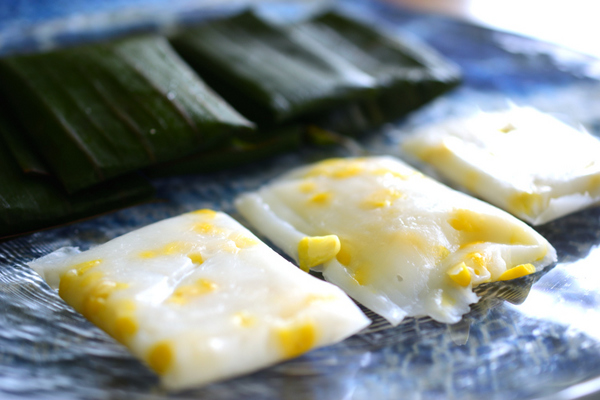
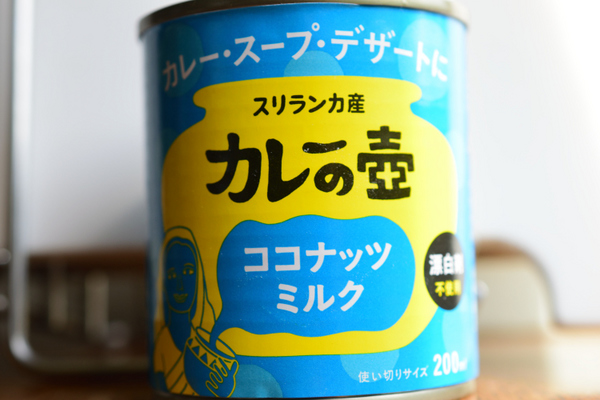
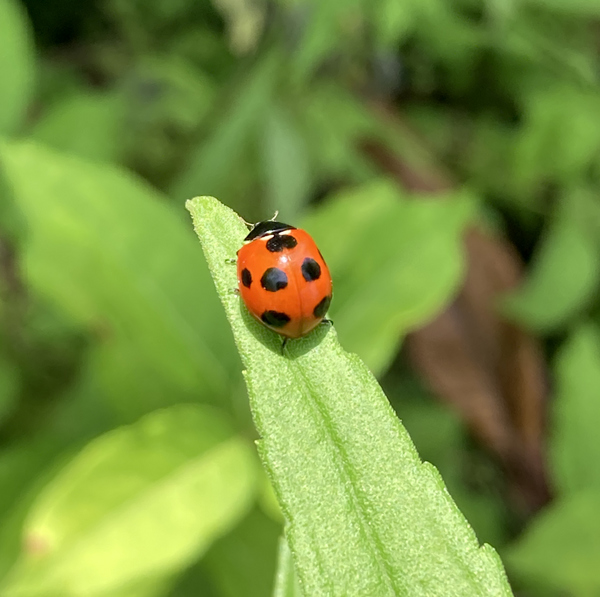
_00001_02-10a31.jpg)
_00001-0166f.jpg)
_00001-2b790.jpg)
_00001-96e6e.jpg)
_00001-24d08.jpg)
_00001_01-ad032.jpg)
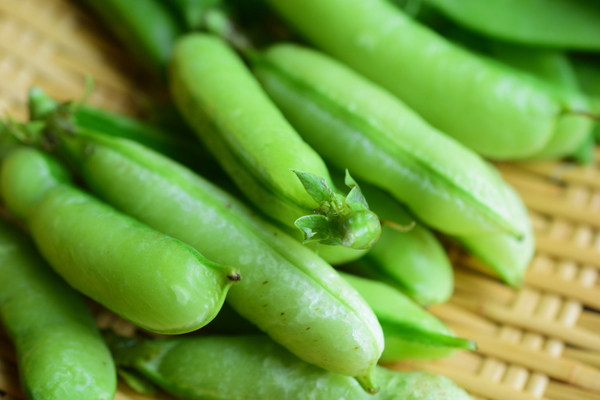
_00001.jpg)
_00001_00001-284b9.jpg)
_00001-a4317.jpg)
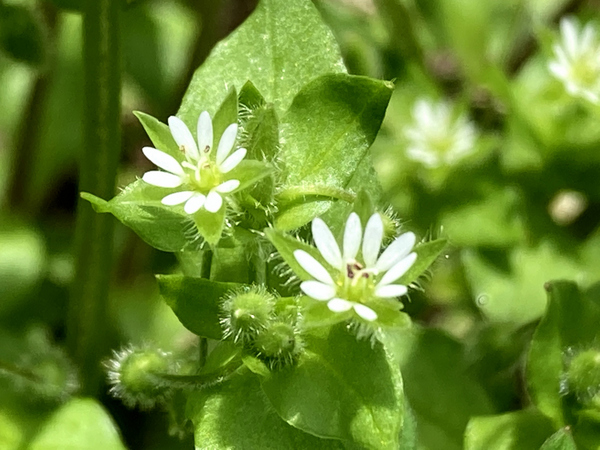

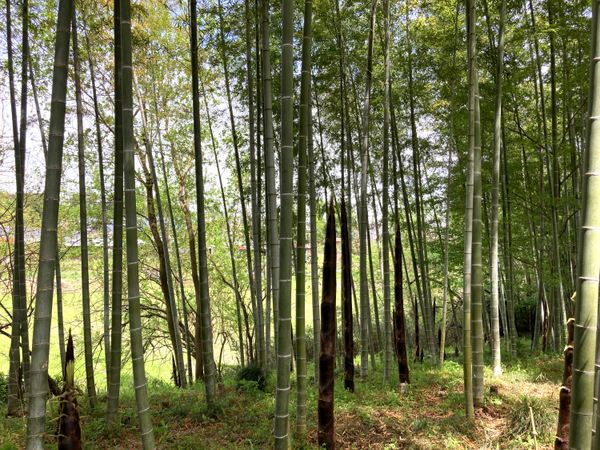
_00001-6a2d9.jpg)
_00001-e4a01.jpg)
_00001_01-efbae.jpg)
_00001.jpg)
_00001-34b69.jpg)
_00001-3a69b.jpg)
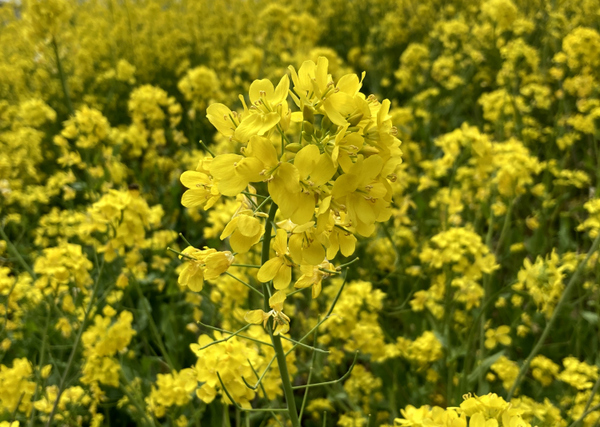
_00001_01_00001-abf5c.jpg)
_00001_01-21046.jpg)
_00001_00001-83061.jpg)
_00001_01-4aac6.jpg)
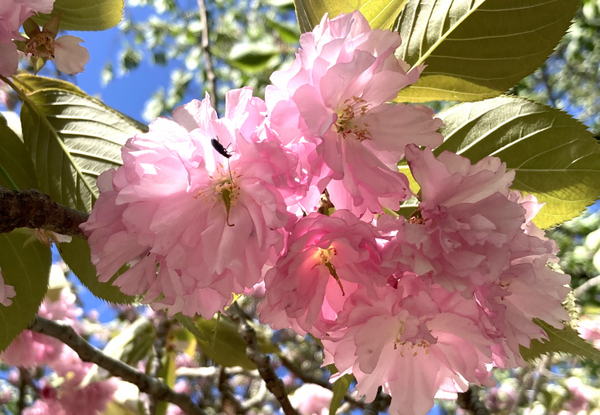
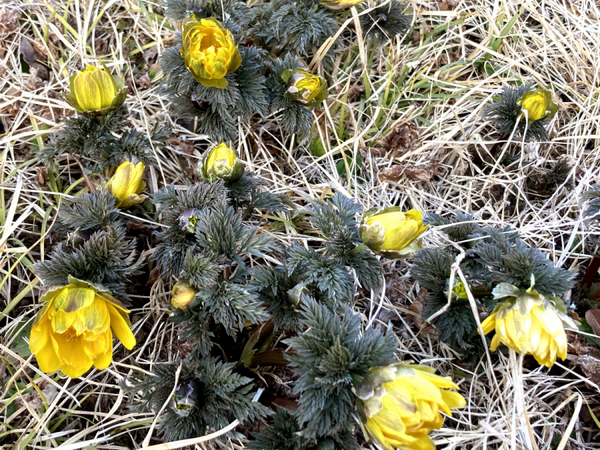

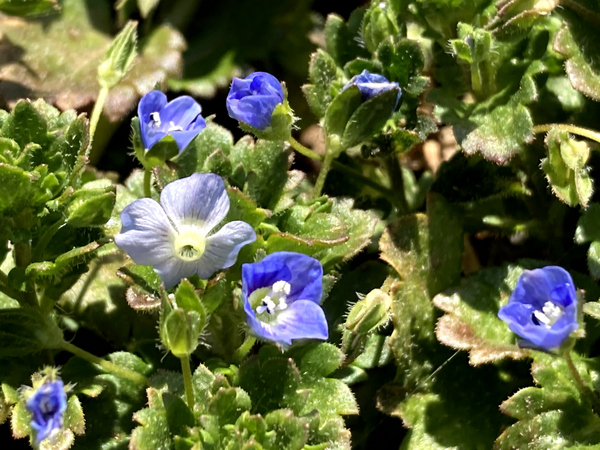
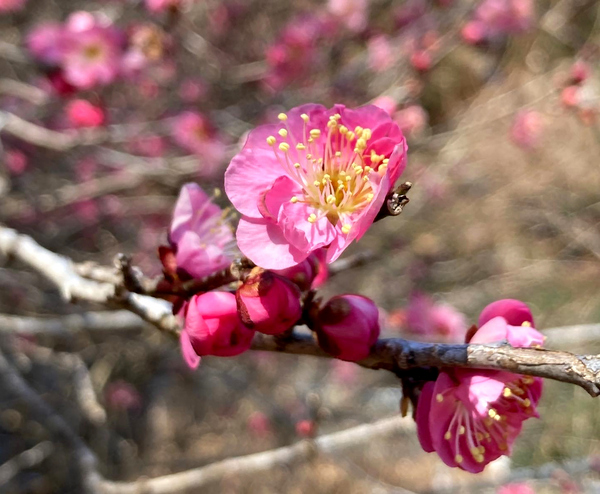
_Moment_00001-3ed2d.jpg)
_00001.jpg)
_00001_01.jpg)
_00001-b8317.jpg)




